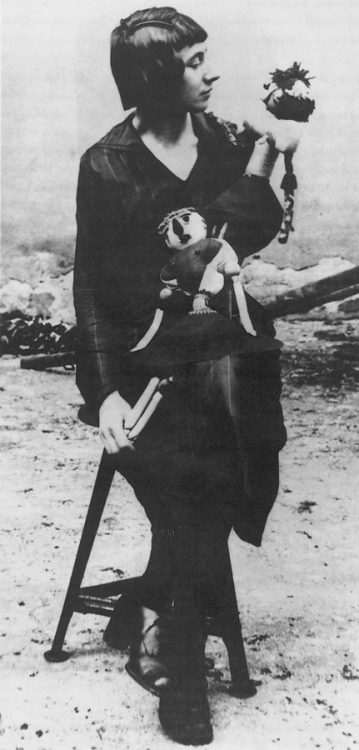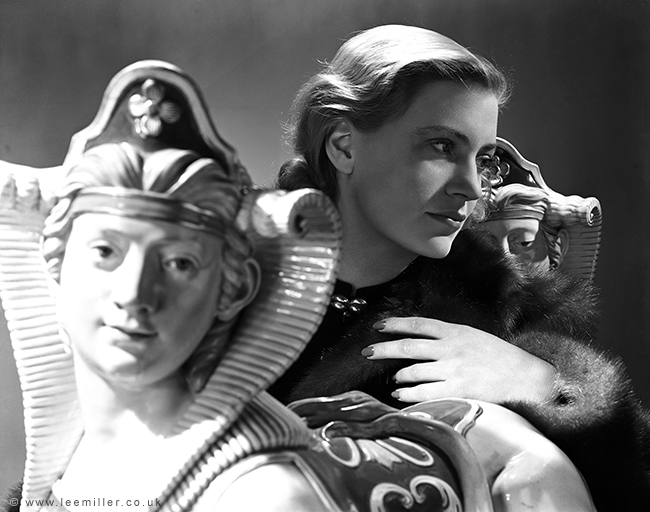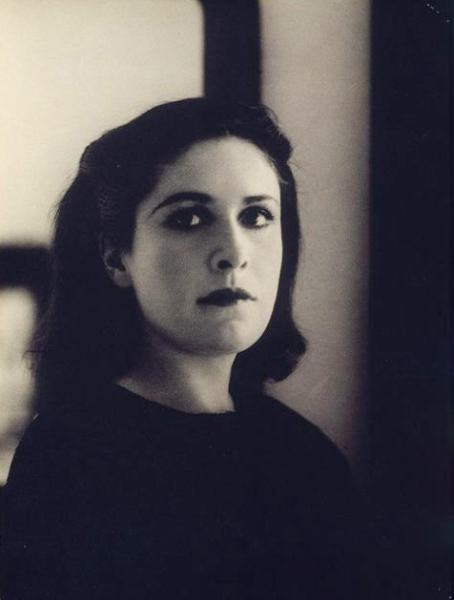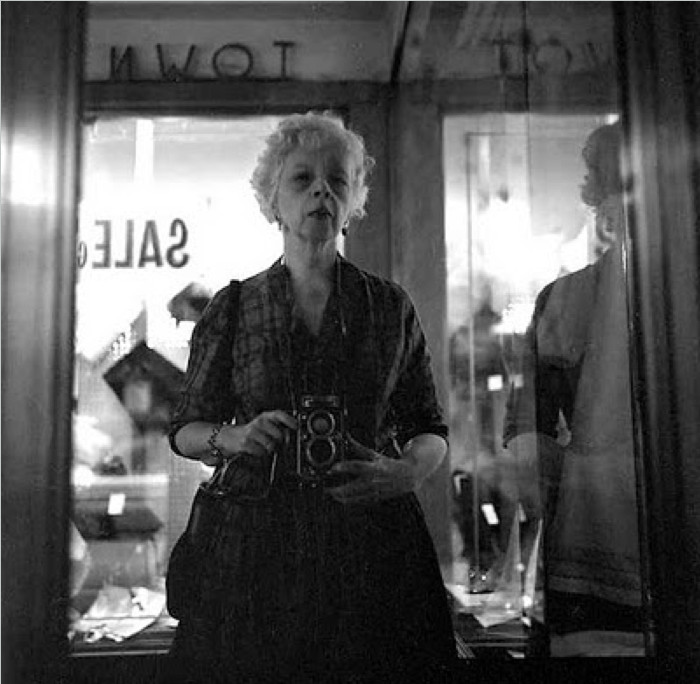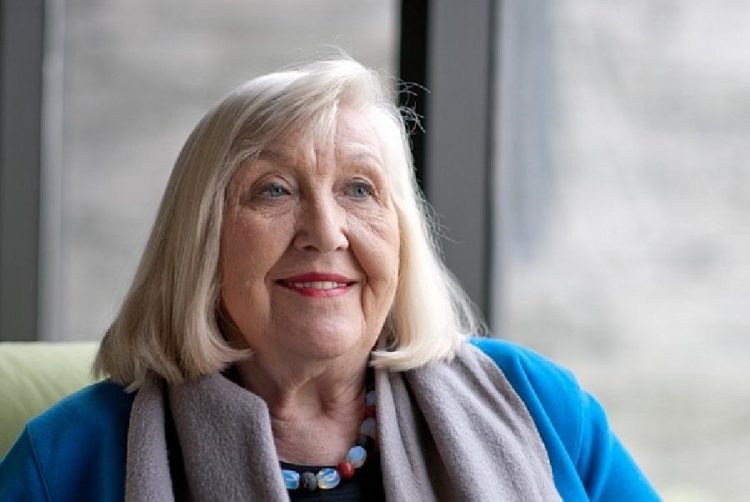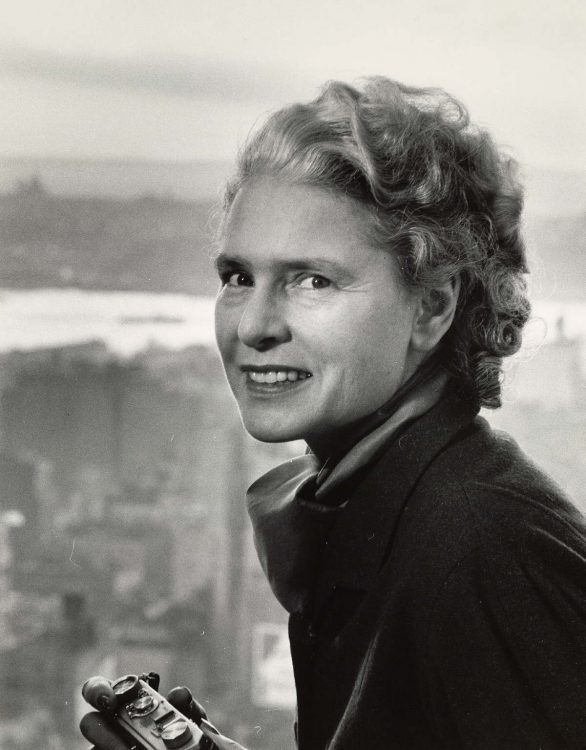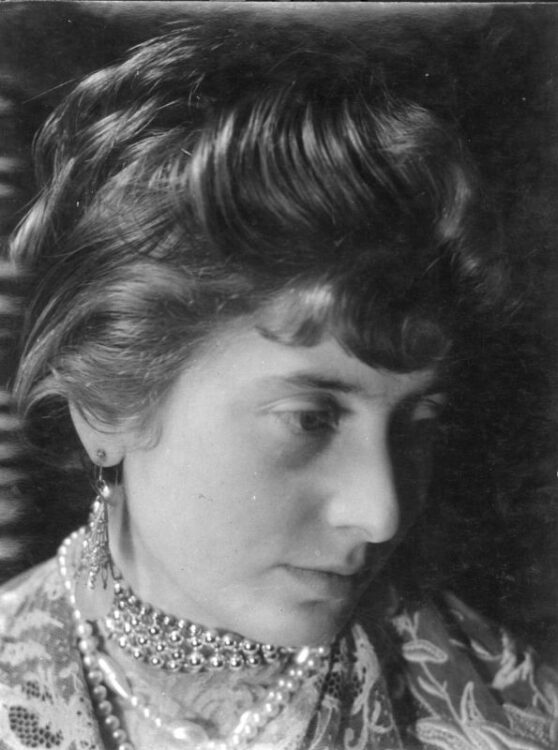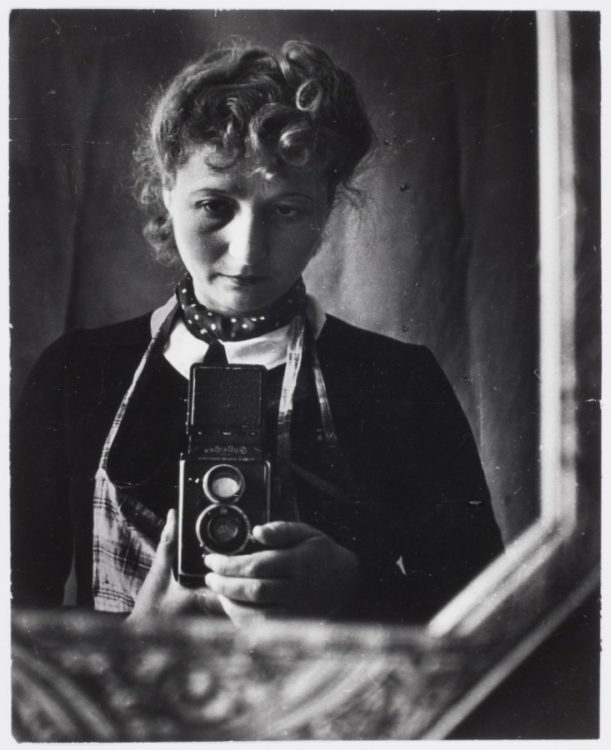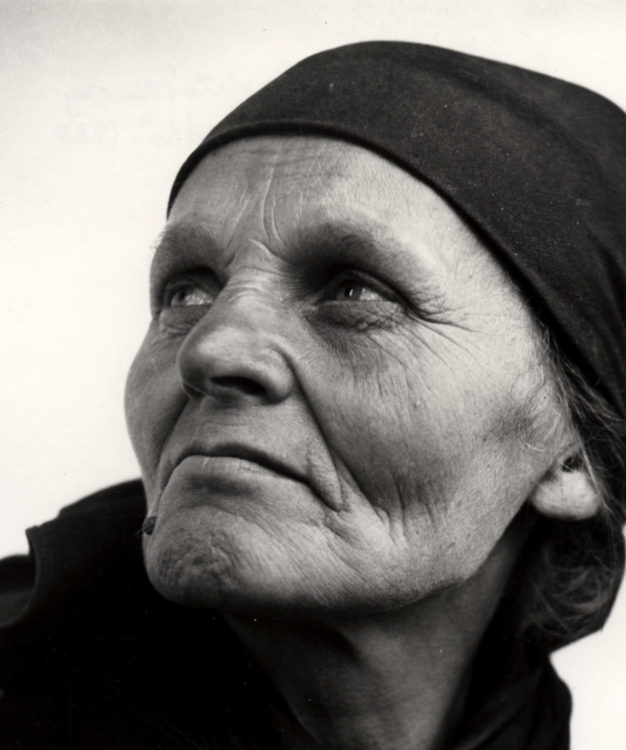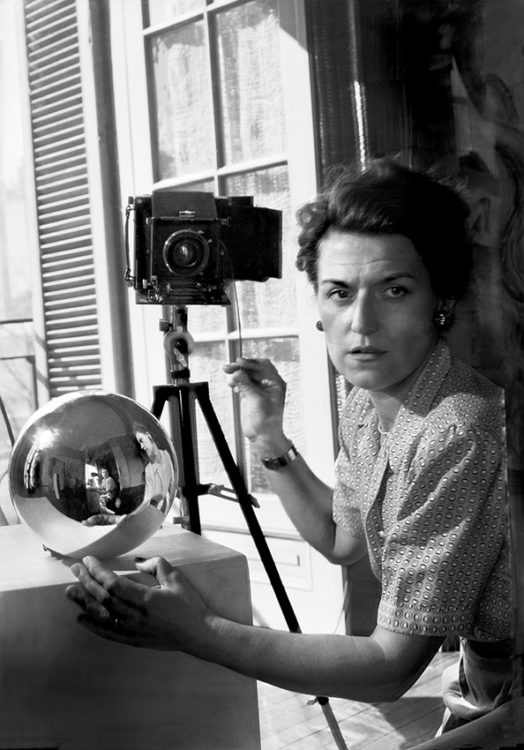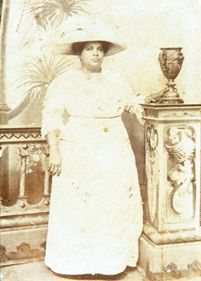Review
Margaret Bourke-White, Self-Portrait with Camera, silver print, 34.9 x 22.7 cm, © Digital Image Museum Associates/LACMA/Art Resource NY/Scala, Florence
After the Great War, women photographers became seasoned professionals: they organized exhibitions in salons and galleries, created schools, ran studios and agencies, writing the history of photography. Their photographs appeared on the covers of the most important magazines—Vogue, Vu, Life, National Geographic, etc.

Barbara Morgan, We are three women–We are three million women, 1938, silver print, 33.7 x 45.5 cm, Münchner Stadtmuseum, Munich, © Münchner Stadtmuseum, Sammlung Fotografie
Often pioneers of the medium, they experimented with new techniques: macro photographs (Laure Albin Guillot), solarizations (Lee Miller), photograms (Lucia Moholy), light painting (Barbara Morgan), overlays, photomontages, and photo collages (Olda Wlassics, Dora Maar), ultraviolet and infrared lights (Ellen Auerbach), and colour processes (Madame Yevonde, Gisele Freund), which would all contribute to the emergence of modern photography. They participated from the outset in various avant-garde movements: surrealism (Claude Cahun, Dora Maar), Bauhaus (Marianne Brandt), New Objectivism (Hilla Becher), Straight Photography (Alma Lavenson) as well as New Vision (Florence Henri).

Ruth Bernhard, Embryo, 1934, 1955–1960 print, silver print, 19.05 x 16.51 cm without frame, Keith de Lellis Gallery, New York, reproduced with permission of the Ruth Bernhard Archive, Princeton University Art Museum, © Trustees Princeton University © Photo courtesy of the Keith de Lellis Gallery, New York
With their status as photographers, they ventured into areas that were previously forbidden to them, like the representation of nudes—male or female. Though tolerated by the censors if they showed no pubic hair or sexual organs, the nude, seen through the eyes of a woman, still ran up against the rules of propriety, and many woman photographers got in trouble with the police for allegedly breaching the limits of decency. This emancipation of the body led some of them to free themselves from the social norms tied to the traditional roles of daughter, wife, and mother. They twisted the codes of gender representation in critical or ironic ways, blurring gender and sexual identities (Claude Cahun, Germaine Krull, Hannah Höch or Lisette Model).
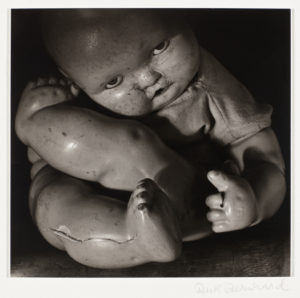
Ruth Bernhard, Doll, 1938, 1974 print, silver print, 17.78 x 18.42 cm, Los Angeles County Museum of Art (LACMA), Los Angeles, reproduced with permission of the Ruth Bernhard Archive, Princeton University Art Museum, © Trustees Princeton University © Digital Image Museum Associates/LACMA/Art Resource NY/Scala, Florence
Others attacked the very symbols of manhood: the machine, the automobile, and industrial architecture. But there again, because they were women, they faced the full force of male domination. Considered too pretty and too young, Ella Maillart, for example, was not allowed to join the Yellow Cruise, a long-distance car trip from Beirut to Beijing from April 1931 to February 1932, organized by André Citroën.
Yet these women showed as much courage as men, venturing onto the battlefields of the Second World War to witness the horror of Nazi crimes. The camera became a weapon of war, fighting against collective amnesia.
From Paris to New York, via Budapest, London, Berlin and San Francisco, women photographers gave us an uncompromising look—at times fierce, critical, or mocking—both at themselves and at a changing society.
At the musée d’Orsay from October 14th, 2015 to January, 24th 2016.







